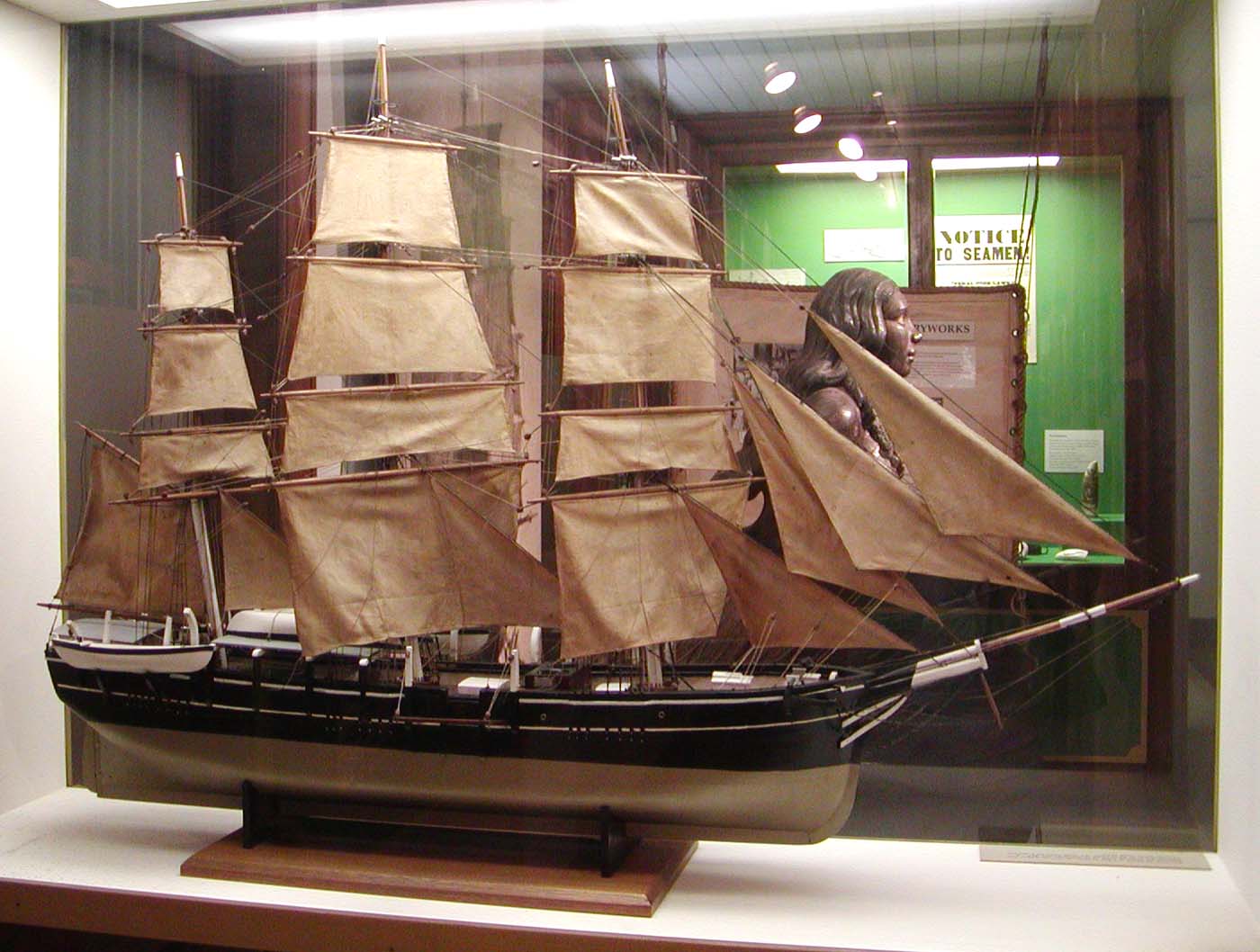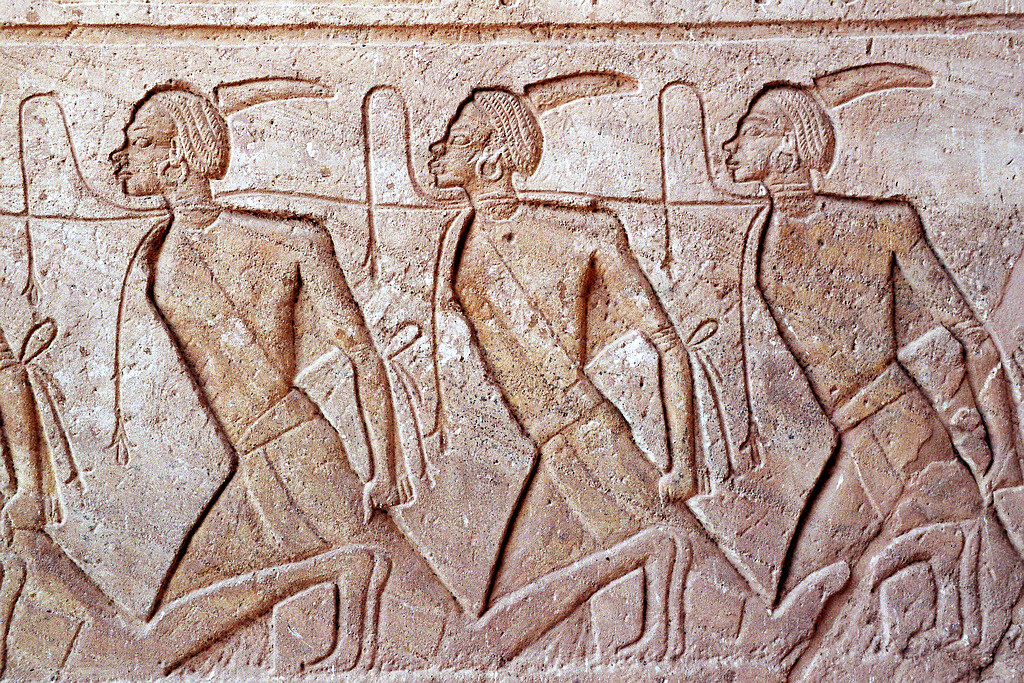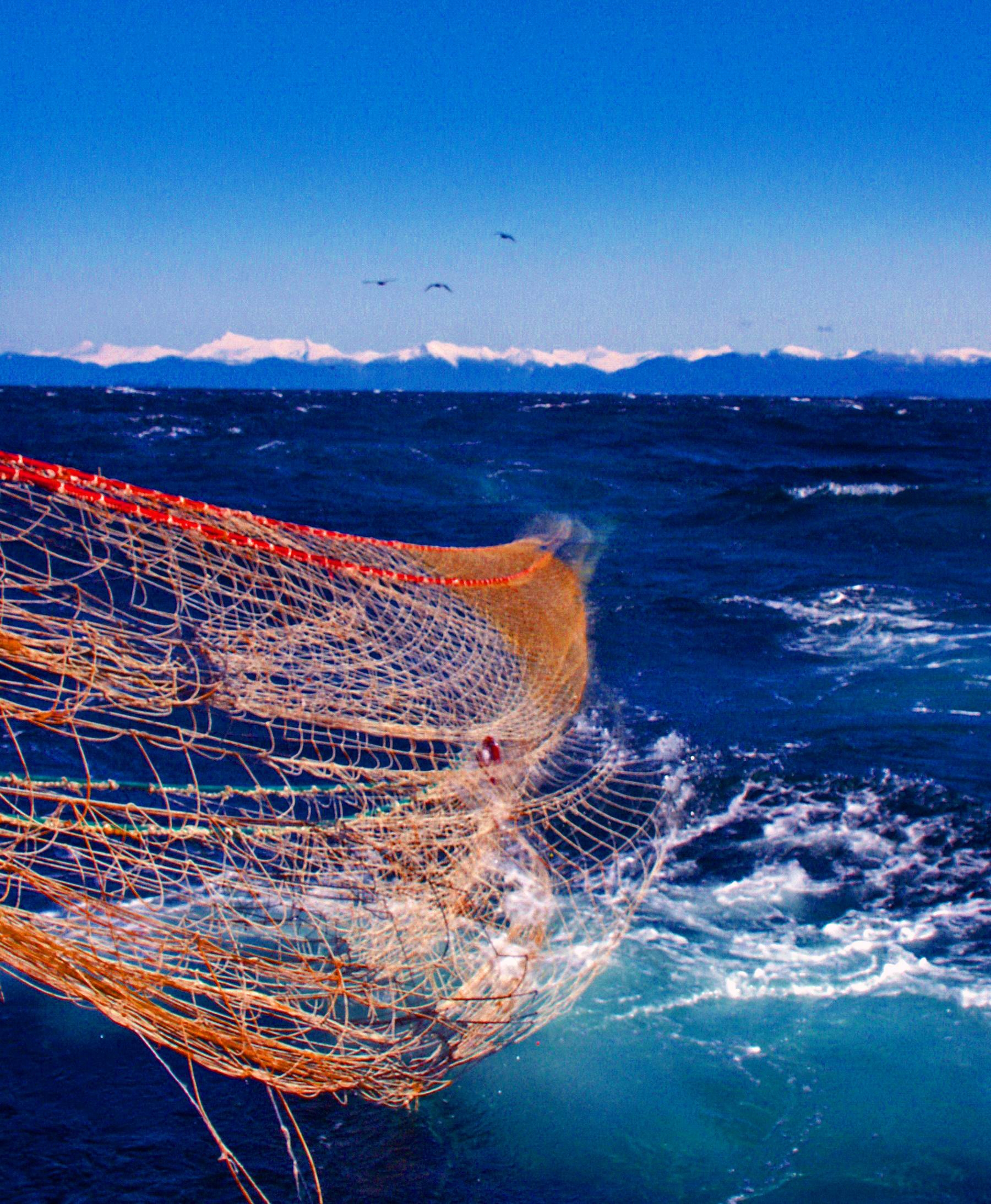|
Ship Model
Ship models or model ships are scale models of ships. They can range in size from 1/6000 scale wargaming miniatures to large vessels capable of holding people. Ship modeling is a craft as old as shipbuilding itself, stretching back to ancient times when water transport was first developed. History Ancient Mediterranean Ancient ship and boat models have been discovered throughout the Mediterranean, especially from ancient Greece, Egypt, and Phoenicia. These models provide archaeologists with valuable information regarding seafaring technology and the sociological and economic importance of seafaring. In spite of how helpful ancient boat and ship models are to archaeologists, they are not always easily or correctly interpreted due to artists’ mistakes, ambiguity in the model design, and wear and tear over the centuries. Ships "were among the most technologically complex mechanisms of the ancient world." Ships made far-flung travel and trade more comfortable and economic ... [...More Info...] [...Related Items...] OR: [Wikipedia] [Google] [Baidu] |
Model Yachting
Model yachting is the pastime of building and racing model yachts. It has always been customary for ship-builders to make a miniature model of the vessel under construction, which is in every respect a copy of the original on a small scale, whether steamship or sailing ship. There are fine collections to be seen at both general interest museums such as the Victoria and Albert Museum in London and at many specialized maritime museums worldwide. Many of these models are of exquisite workmanship, every rope, pulley or portion of the engine being faithfully reproduced. In the case of sailing yachts, these models were often pitted against each other on small bodies of water, and hence arose the modern pastime. It was soon seen that elaborate fittings and complicated rigging were a detriment to rapid handling, and that, on account of the comparatively stronger winds in which models were sailed, they needed a greater draught. For these reasons modern model yachts, which usually have f ... [...More Info...] [...Related Items...] OR: [Wikipedia] [Google] [Baidu] |
Mochlos
Mochlos ( el, Μόχλος) is a modern, populated, and inhabited island in the Gulf of Mirabello in eastern Crete, and the archaeological site of an ancient Minoan settlement. There is evidence that Mochlos was not an island in Minoan times, but was attached to the mainland and acted as an eastern harbor. The name Mochlos also applies to the small fishing village and resort located on the main island of Crete, opposite Mochlos island. Only 150 metres separates them. The island is administered from Tourloti which is only away. Archaeology Mochlos was first excavated by Richard Seager in 1908 at the western end of the island, where a prepalatial cemetery was found. At that time, tombs, pithos burials and pit graves were uncovered, as well as two large tombs at the western tip of the island. In the 1970s, Jeffrey Soles documented the tombs and cemetery uncovered by Seager. The cemetery was in use from Early Minoan I to Middle Minoan IA. According to Keith Branigan, "On pre ... [...More Info...] [...Related Items...] OR: [Wikipedia] [Google] [Baidu] |
Galleon
Galleons were large, multi-decked sailing ships first used as armed cargo carriers by European states from the 16th to 18th centuries during the age of sail and were the principal vessels drafted for use as warships until the Anglo-Dutch Wars of the mid-1600s. Galleons generally carried three or more masts with a lateen fore-and-aft rig on the rear masts, were carvel built with a prominent squared off raised stern, and used square-rigged sail plans on their fore-mast and main-masts. Such ships were the mainstay of maritime commerce into the early 19th century, and were often drafted into use as auxiliary naval war vessels—indeed, were the mainstay of contending fleets through most of the 150 years of the Age of Exploration—before the Anglo-Dutch wars brought purpose-built ship-rigged warships, ships of the line, that thereafter dominated war at sea during the remainder of the age of sail. Etymology The word ''galleon'' 'large ship' comes from Old French ''galio ... [...More Info...] [...Related Items...] OR: [Wikipedia] [Google] [Baidu] |
Galley
A galley is a type of ship that is propelled mainly by oars. The galley is characterized by its long, slender hull, shallow draft, and low freeboard (clearance between sea and gunwale). Virtually all types of galleys had sails that could be used in favorable winds, but human effort was always the primary method of propulsion. This allowed galleys to navigate independently of winds and currents. The galley originated among the seafaring civilizations around the Mediterranean Sea in the late second millennium BC and remained in use in various forms until the early 19th century in warfare, trade, and piracy. Galleys were the warships used by the early Mediterranean naval powers, including the Greeks, Illyrians, Phoenicians, and Romans. They remained the dominant types of vessels used for war and piracy in the Mediterranean Sea until the last decades of the 16th century. As warships, galleys carried various types of weapons throughout their long existence, including ram ... [...More Info...] [...Related Items...] OR: [Wikipedia] [Google] [Baidu] |
POW Ship Model
A prisoner of war (POW) is a person who is held captive by a belligerent power during or immediately after an armed conflict. The earliest recorded usage of the phrase "prisoner of war" dates back to 1610. Belligerents hold prisoners of war in custody for a range of legitimate and illegitimate reasons, such as isolating them from the enemy combatants still in the field (releasing and repatriating them in an orderly manner after hostilities), demonstrating military victory, punishing them, prosecuting them for war crimes, exploiting them for their labour, recruiting or even conscripting them as their own combatants, collecting military and political intelligence from them, or indoctrinating them in new political or religious beliefs. Ancient times For most of human history, depending on the culture of the victors, enemy fighters on the losing side in a battle who had surrendered and been taken as prisoners of war could expect to be either slaughtered or enslaved. Early ... [...More Info...] [...Related Items...] OR: [Wikipedia] [Google] [Baidu] |
Trawling
Trawling is a method of fishing that involves pulling a fishing net through the water behind one or more boats. The net used for trawling is called a trawl. This principle requires netting bags which are towed through water to catch different species of fishes or sometimes targeted species. Trawls are often called towed gear or dragged gear. The boats that are used for trawling are called trawlers or draggers. Trawlers vary in size from small open boats with as little as 30 hp (22 kW) engines to large factory trawlers with over 10,000 hp (7.5 MW). Trawling can be carried out by one trawler or by two trawlers fishing cooperatively ( pair trawling). Trawling can be contrasted with trolling. While trawling involves a net and is typically done for commercial usage, trolling instead involves a reed, rod and a bait or a lure and is typically done for recreational purposes. Trawling is also commonly used as a scientific sampling, or survey, method. Bottom vs. midwater traw ... [...More Info...] [...Related Items...] OR: [Wikipedia] [Google] [Baidu] |
Papyrus
Papyrus ( ) is a material similar to thick paper that was used in ancient times as a writing surface. It was made from the pith of the papyrus plant, '' Cyperus papyrus'', a wetland sedge. ''Papyrus'' (plural: ''papyri'') can also refer to a document written on sheets of such material, joined side by side and rolled up into a scroll, an early form of a book. Papyrus is first known to have been used in Egypt (at least as far back as the First Dynasty), as the papyrus plant was once abundant across the Nile Delta. It was also used throughout the Mediterranean region. Apart from a writing material, ancient Egyptians employed papyrus in the construction of other artifacts, such as reed boats, mats, rope, sandals, and baskets. History Papyrus was first manufactured in Egypt as far back as the fourth millennium BCE.H. Idris Bell and T.C. Skeat, 1935"Papyrus and its uses"(British Museum pamphlet). The earliest archaeological evidence of papyrus was excavated in 2012 an ... [...More Info...] [...Related Items...] OR: [Wikipedia] [Google] [Baidu] |
Meketre
The ancient Egyptian official Meketre was chancellor and high steward during the reign of Mentuhotep II, Mentuhotep III and perhaps Amenemhat I, during the Middle Kingdom.Meketre is first attested in a rock inscription in the Wadi Shatt el-Rigala, bearing the simple title ''sealer''. The inscription is dated to year 41 of king Mentuhotep II. On reliefs from the mortuary temple of the same king in Deir el-Bahari Meketre bears the title of chancellor and was evidently promoted in the meantime, succeeding Kheti. The same title was found on a statue in Meketre's tomb while on relief fragments in the tomb he held the main title of ''high steward''. The tomb (TT280) is located in Sheikh Abd el-Qurna, part of the Theban Necropolis, and lies next to a large, unfinished royal tomb which was originally attributed to king Mentuhotep III and, after new research, to Amenemhat I. Therefore, Meketre most likely died under the latter king. Meketre's tomb TT280 contained several wooden replicas ... [...More Info...] [...Related Items...] OR: [Wikipedia] [Google] [Baidu] |
Sixth Dynasty Of Egypt
The Sixth Dynasty of ancient Egypt (notated Dynasty VI), along with the Third, Fourth and Fifth Dynasty, constitutes the Old Kingdom of Dynastic Egypt. Pharaohs Known pharaohs of the Sixth Dynasty are listed in the table below. Manetho accords the dynasty 203 regnal years from Teti to Nitocris, while the Turin Canon assigns 181 regnal years, but with three additional kings concluding with Aba – discounting the reigns of the added Eighth Dynasty kings, this is reduced to 155 regnal years. This estimate varies between both scholar and source. History The Sixth Dynasty is considered by many authorities as the last dynasty of the Old Kingdom, although ''The Oxford History of Ancient Egypt'' includes Dynasties VII and VIII as part of the Old Kingdom. Manetho writes that these kings ruled from Memphis, since their pyramids were built at Saqqara, very close one to another. By the Fifth Dynasty, the religious institution had established itself as the do ... [...More Info...] [...Related Items...] OR: [Wikipedia] [Google] [Baidu] |







